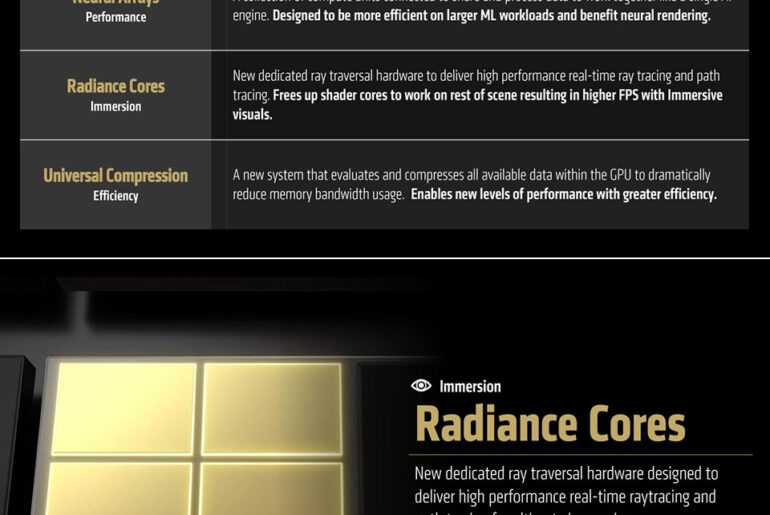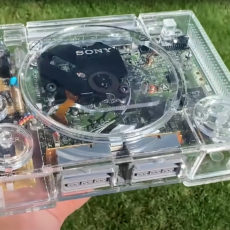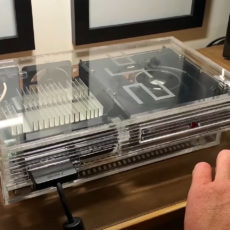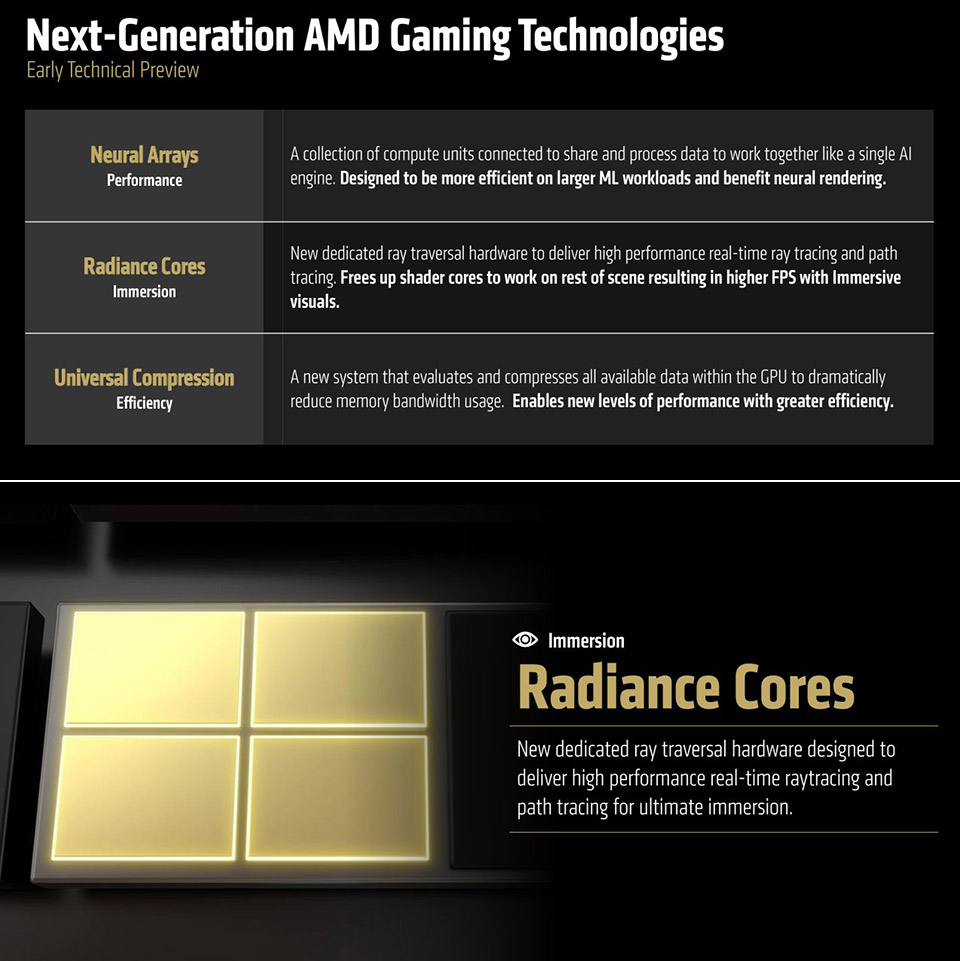
Sony and AMD have revealed Project Amethyst, a joint venture into the heart of graphics hardware that will change how games look and run on the PlayStation 6. Mark Cerny, the man behind the PS5’s architecture, sat down with AMD’s Jack Huynh to go into the details at a recent tech event. Right now, everything is in software models – no silicon yet – but the direction feels like a deliberate step forward for a console years away.
Cerny and Huynh focused on three key parts of this puzzle, starting with Neural Arrays, which group the compute units inside a graphics processor, the workhorse blocks that do image sharpening and noise cleanup in scenes rendered with simulated light rays. In previous configs, these units worked independently, dividing tasks into bite sized chunks that would often result in performance gaps. By connecting them, the arrays allow the whole group to tackle larger tasks as a unit, smoothing out the flow for better upscaling and denoising. Huynh called this the way to machine learning models that scale without drag, which would allow games to run at higher resolutions or frame rates without losing clarity.
- PlayStation Spectral Super Resolution (PSSR) Get super sharp image clarity on your 4K TV using AI enhanced resolution for ultra-high definition play...
- Optimized Console Performance Reach higher and more consistent frame rates for silky smooth gameplay with support for 60Hz and 120Hz displays.*
- Advanced Ray Tracing Experience next level realism with ray traced reflections, shadows, and high-quality global illumination as you explore stunning...
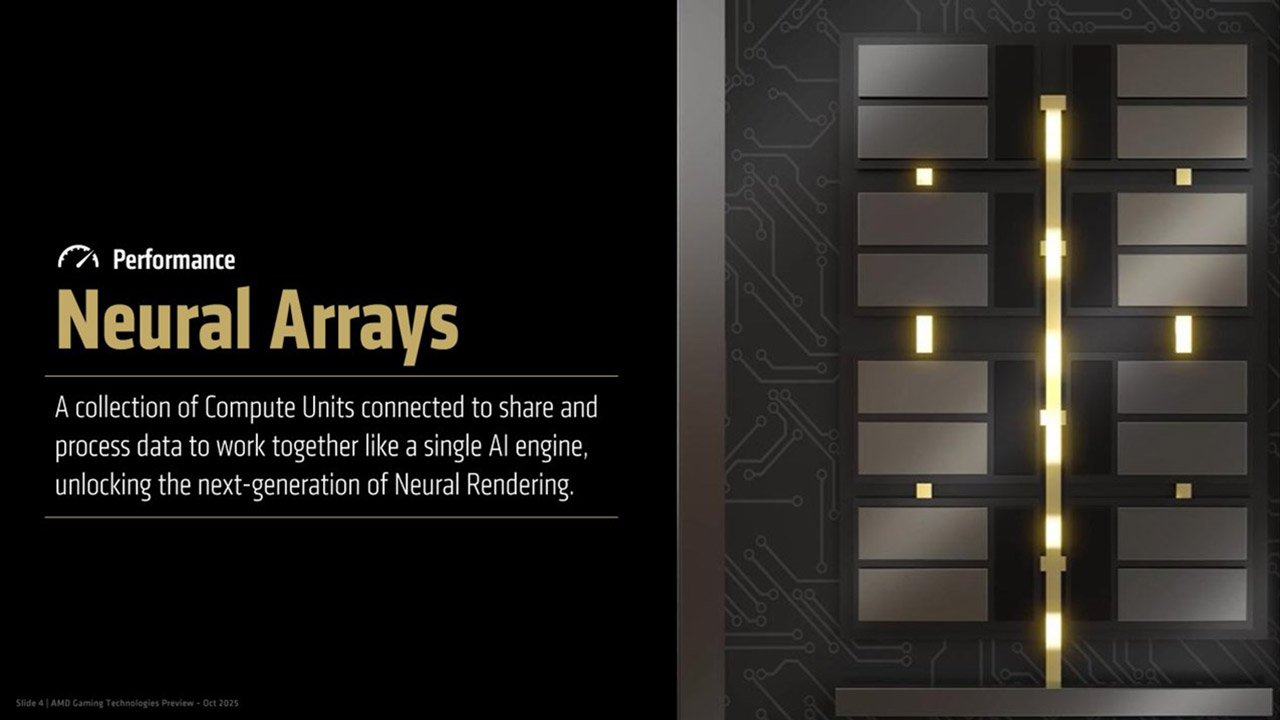
Radiance Cores take center stage next, as dedicated hardware carved out just for chasing light through a game’s world. Ray tracing already mimics how light beams bounce and scatter to create realistic shadows and reflections, but path tracing goes further by letting those rays wander freely, building entire lighting setups from the ground up. This requires a ton of calculations – figuring out where each ray hits a surface among millions of shapes – and older hardware strains under the weight. These cores handle that traversal work on their own, pulling it away from the main processing lanes so the rest of the system can focus on textures and shapes.
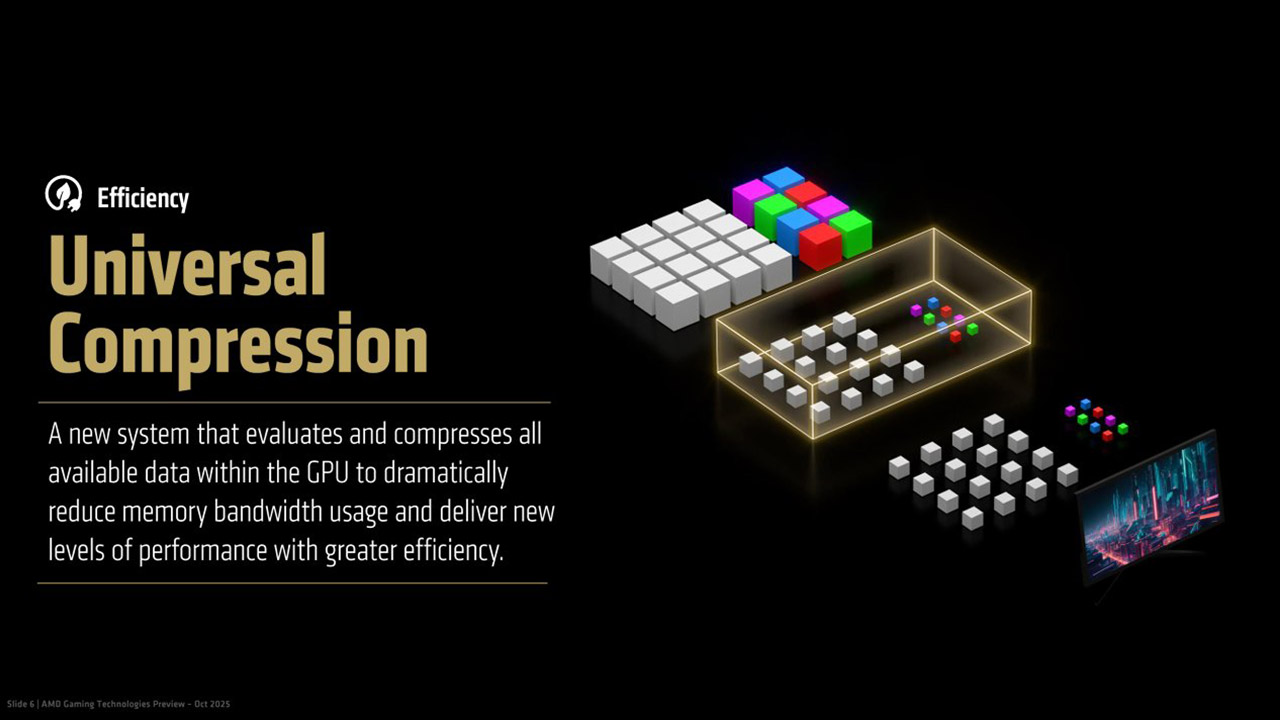
Universal Compression rounds out the trio with a software layer that compresses data as it flows through the graphics pipeline. Building on the PS5 Pro’s tactics which only worked on specific file types, this one works on everything – colors, shapes and so on – requiring less bandwidth to feed the GPU. Huynh showed how memory has limited solutions, like streaming high res textures at 4K or removing noise from ray traced frames, and how compression boosts the effective speed of that pipe.And then the speculation started with 2027 or 2028 timelines but neither party would comment on dates. As Cerny said, it’s still early days, simulations have to prove the math before the factories start.

